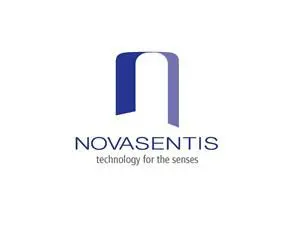Source: Kemet news
GREENVILLE, S.C., Feb. 01, 2018 (GLOBE NEWSWIRE) — KEMET Corporation (the “Company” or “KEMET”) (NYSE:KEM), a leading global supplier of passive electronic components, and Novasentis, a leading developer of film based haptic actuators, today announced that KEMET Electronics Corporation (“KEC”), a wholly-owned subsidiary of KEMET, has invested in Novasentis’s Series-D round of funding.
Novasentis makes the world’s thinnest, electro mechanical polymer based actuators that provide rich haptic feedback for a variety of applications including AR/VR and Wearables. Novasentis supplies its “smart” film and KEMET applies its expertise in manufacturing film capacitors, to the development and commercial production of the actuators.
Dr. Philip Lessner, KEMET’s Senior Vice President and Chief Technology Officer, commented, “The Novasentis technology allows for unprecedented functionality in haptic actuators, both due to its ultra-thin profile and small size, which allows it to be incorporated into the widest variety of wearables and virtual reality applications, and its ability to provide a variety of tactile sensations.” KEC will now be represented on Novasentis’ board of directors.
“We have been working with KEMET since 2015, to commercialize our haptic technology and they have been delivering high quality pilot scale volume since last year.” Says Francois Jeanneau, President and CEO of Novasentis. “KEMET’s investment in our company is a testament to the value being created by our unique technology.”
“Our Novasentis investment illustrates how we can utilize our strong balance sheet to create new opportunities for increasing shareholder value,” stated Per Loof, the Company’s Chief Executive Officer. “Novasentis provides us with the opportunity to participate in the commercialization of a groundbreaking new actuator technology, which will benefit from our expertise in manufacturing film capacitors and further service and support our customers around the globe.”































